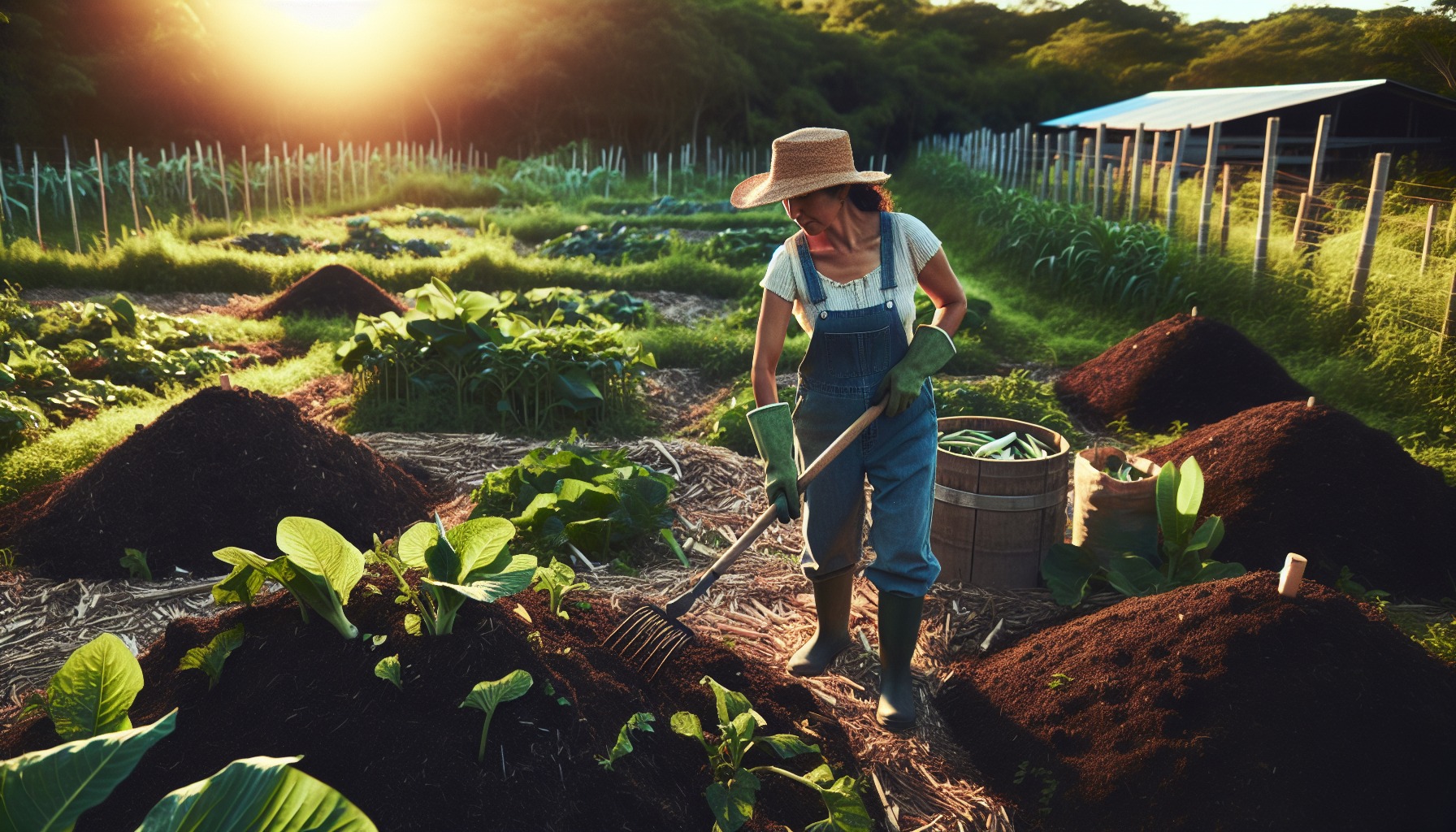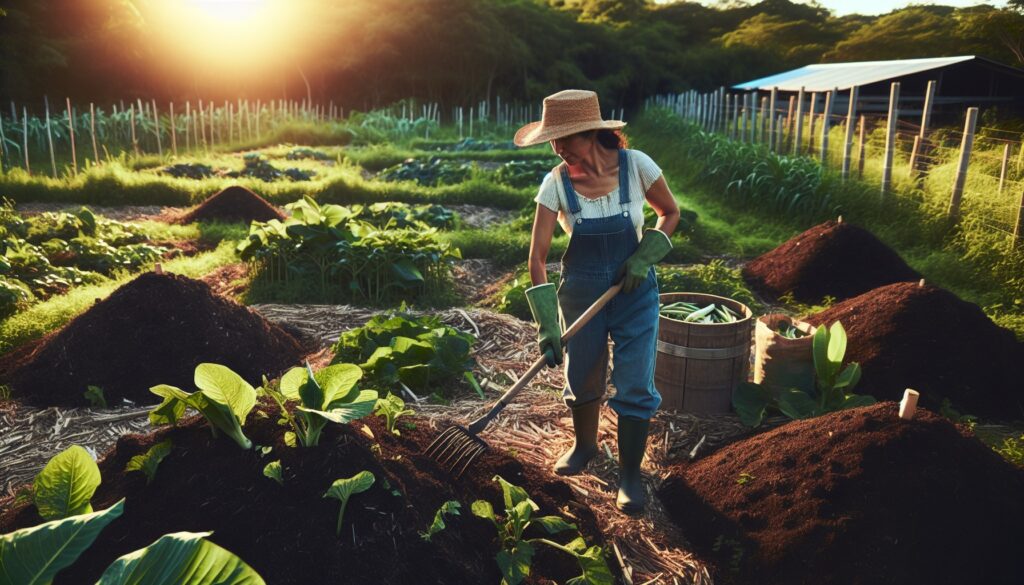Understanding Regenerative Agriculture: A Path Towards Sustainable Farming
Regenerative agriculture is gaining attention as a forward-thinking approach to farming that not only produces food but also nurtures the land. At its core, this method focuses on restoring and enhancing the health of the soil, supporting biodiversity, and promoting ecological balance. Unlike conventional farming methods that often deplete the land, regenerative agriculture embraces techniques that work in harmony with nature to create a self-sustaining cycle. Let’s explore how this practice offers a more balanced, resilient way of farming.

What Is Regenerative Agriculture?
Regenerative agriculture is an umbrella term for a variety of farming techniques aimed at improving soil health, increasing biodiversity, and reducing carbon emissions. It emphasizes principles like:
- Minimal Soil Disturbance: Practices like no-till farming reduce the disruption of the soil, which helps retain moisture and fosters microbial life.
- Diverse Crop Rotation and Cover Cropping: Growing different types of crops in succession and using cover crops can prevent soil erosion, improve nutrient cycles, and enhance biodiversity.
- Composting and Natural Fertilizers: By returning organic matter to the soil, farmers enhance the soil’s fertility without relying on synthetic chemicals.
- Holistic Grazing: Rotational grazing allows livestock to mimic natural patterns, contributing to the health of grasslands and preventing overgrazing.
These practices not only help rebuild soil but also improve water retention, making farms more resilient to drought and extreme weather.
Soil Health as the Foundation
One of the key pillars of regenerative agriculture is soil health. Healthy soils are rich in organic matter and alive with microorganisms that support plant growth and sequester carbon from the atmosphere. Traditional farming methods that rely heavily on chemical inputs and continuous plowing can degrade this natural resource over time, leaving the land less fertile and more susceptible to erosion.
Regenerative practices, on the other hand, work to regenerate the soil’s natural ability to store carbon and retain nutrients. When soil is rich and vibrant, it becomes a living ecosystem that can support sustainable farming for generations.
Biodiversity and Ecosystem Health
Another fundamental aspect of regenerative agriculture is the focus on increasing biodiversity. Diverse ecosystems are more resilient to disease and pests, reducing the need for chemical pesticides. Planting a variety of crops, trees, and shrubs creates habitats for beneficial insects and wildlife, which in turn contributes to pollination and pest control. This approach acknowledges that farms are part of a larger ecological network, where every species plays a vital role in maintaining balance.
Carbon Sequestration: Addressing Climate Change
In recent years, regenerative agriculture has been recognized as an essential tool in the fight against climate change. Through practices like carbon sequestration, farmers can draw down carbon dioxide from the atmosphere and store it in the soil. This not only helps to mitigate global warming but also improves soil structure and fertility.
The ability of regenerative agriculture to pull carbon out of the air and trap it in the soil provides hope for a future where farming can be a solution to climate change rather than a contributor. By embracing regenerative methods, we can work towards creating a food system that is part of the climate solution.
A Future of Resilient Farms
Regenerative agriculture offers a vision for the future that goes beyond sustainability. It seeks to restore and enhance the land, building resilient ecosystems that can weather the challenges posed by climate change. As more farmers and consumers recognize the benefits of regenerative practices, we may witness a shift towards a more balanced, regenerative food system—one that respects the earth’s natural cycles and supports the well-being of all living things.
In conclusion, regenerative agriculture is a holistic approach to farming that nurtures the land while producing food. By focusing on soil health, biodiversity, and carbon sequestration, this method offers a hopeful path towards more sustainable and resilient agricultural practices.


